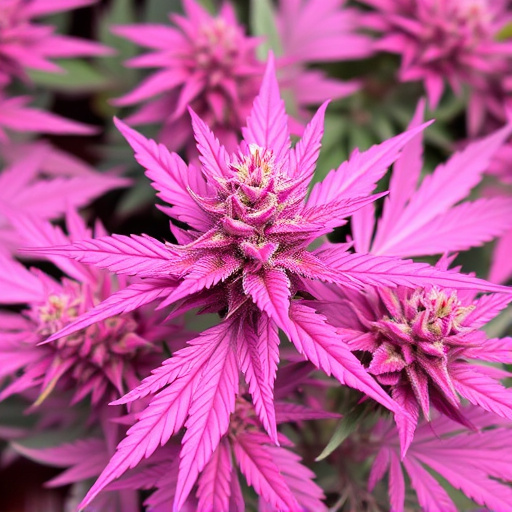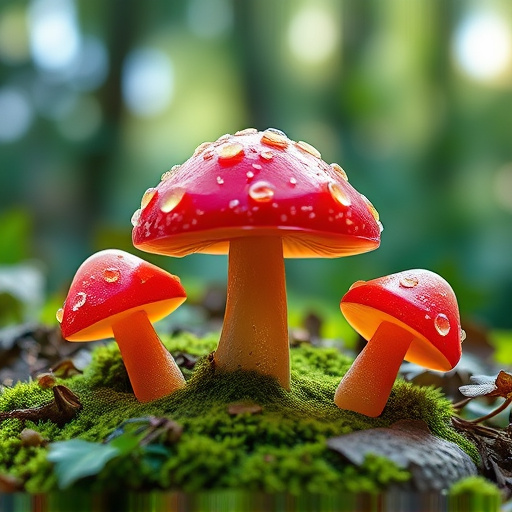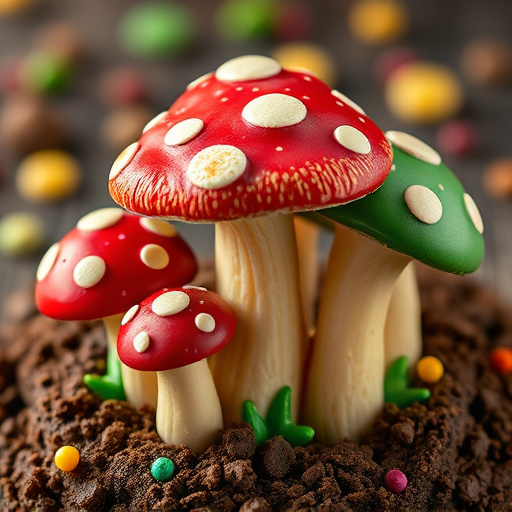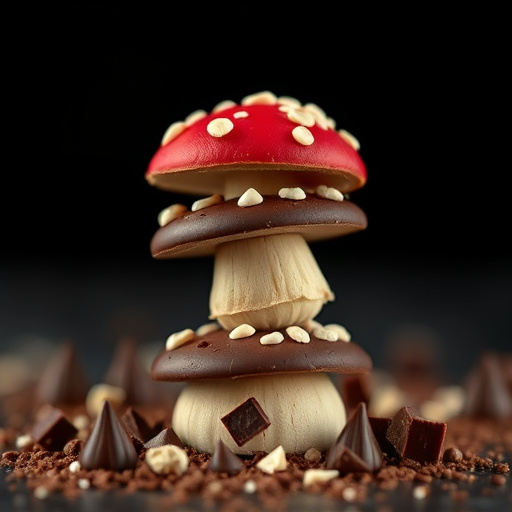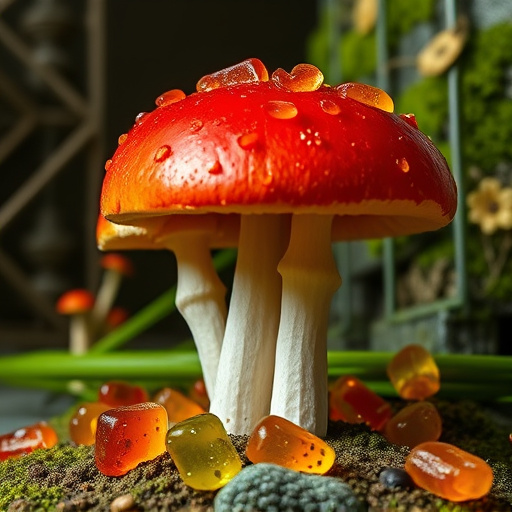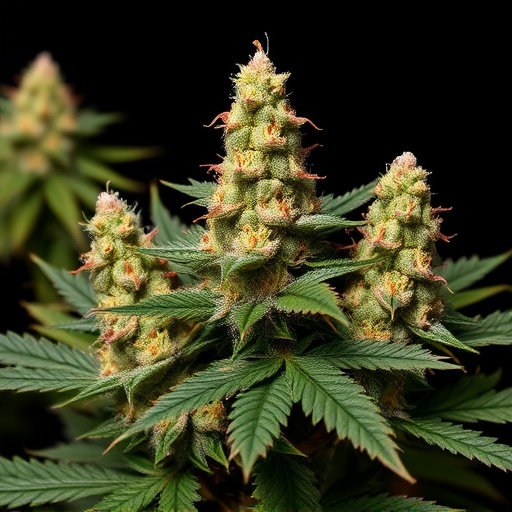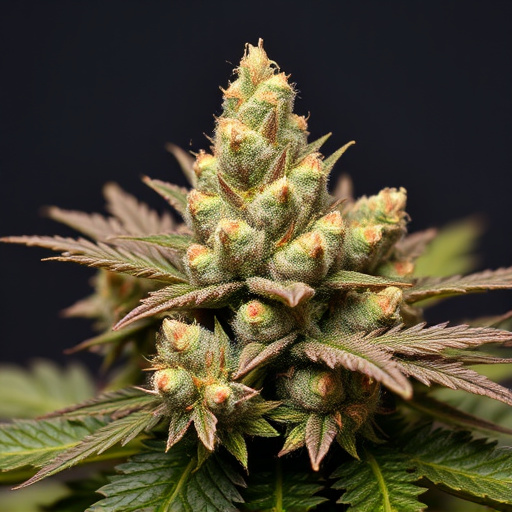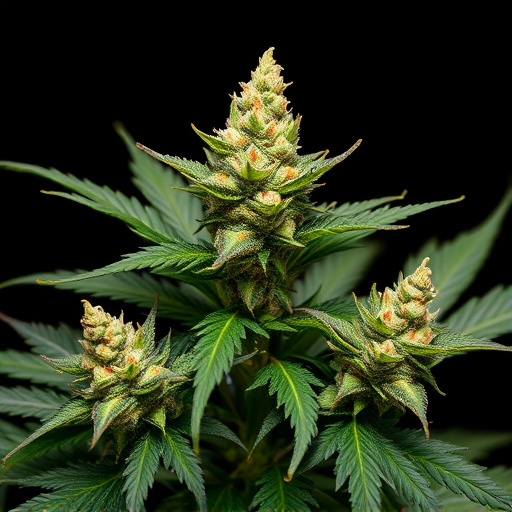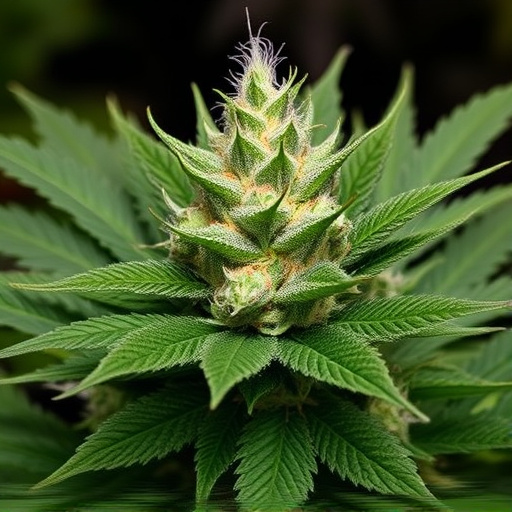Cannabis plants grown indoors and outdoors develop unique physical traits shaped by their environment. Indoor cultivation promotes bushier, compact plants with dense foliage due to controlled conditions, while outdoor cannabis grows taller with longer leaves to maximize sunlight exposure. Indica dominant strains, known for their relaxing effects, often mirror these outdoor growth patterns, influencing both appearance and potency. The visible distinction between outdoor and indoor-grown cannabis is marked by physical characteristics and final product appearance; outdoor plants are robust and bushy, while indoor indica strains are skinnier with broader leaves and dense, resinous flowers. Indica dominant strains, preferred by many due to their potent relaxing effects, feature shorter, bushier plants with wide leaves and complete their life cycle in 8-10 weeks, making them suitable for both indoor and outdoor cultivation.
Discover the captivating differences between indoor and outdoor-grown cannabis flowers, a topic that fascinates both cultivators and enthusiasts alike. This article explores the distinct characteristics shaped by environmental factors, focusing on indica dominant strains. From visual appearances and growth patterns to terpene profiles and cannabinoid concentrations, we unravel the unique attributes of each growing method. Understanding these variations offers valuable insights for cultivators aiming to optimize their cannabis cultivation.
- Physical Appearance and Growth Patterns
- – Outdoor vs. Indoor Cannabis Plants: Visual Differences
- – Indica Dominant Strains: Characteristics and Growth Habits
Physical Appearance and Growth Patterns
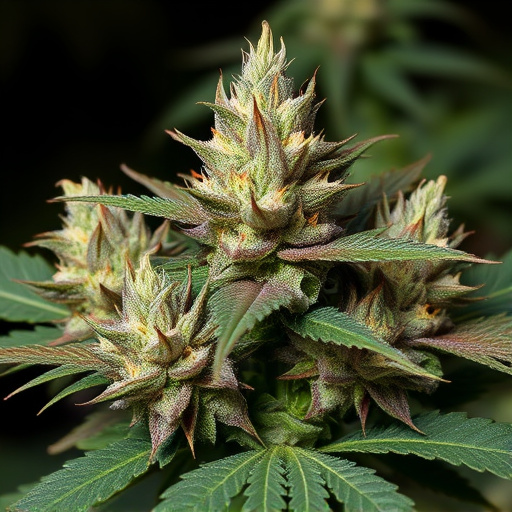
Cannabis plants, both indoors and outdoors, exhibit distinct physical appearances and growth patterns that contribute to their unique characteristics. Indoor-grown cannabis often displays a bushier, compact structure due to controlled environmental conditions. Growers can manipulate light cycles, temperature, and humidity, leading to dense, lush foliage. This environment encourages the plant to focus its energy on vegetative growth, resulting in wide leaves and robust stems. In contrast, outdoor plants are at the mercy of nature, often growing taller and leaner with longer, narrower leaves. They adapt to their surroundings, seeking optimal sunlight exposure, which can lead to a more varied plant structure compared to their indoor counterparts.
Indica dominant strains, known for their relaxing and sedative effects, often display these outdoor growth patterns due to their natural habitat preferences. These plants typically have shorter growth cycles and are better suited to outdoor environments, where they can reach their full potential. The physical differences between indoor and outdoor cannabis are thus not just cosmetic but reflect the plant’s response to its growing conditions, influencing both appearance and eventual potency.
– Outdoor vs. Indoor Cannabis Plants: Visual Differences
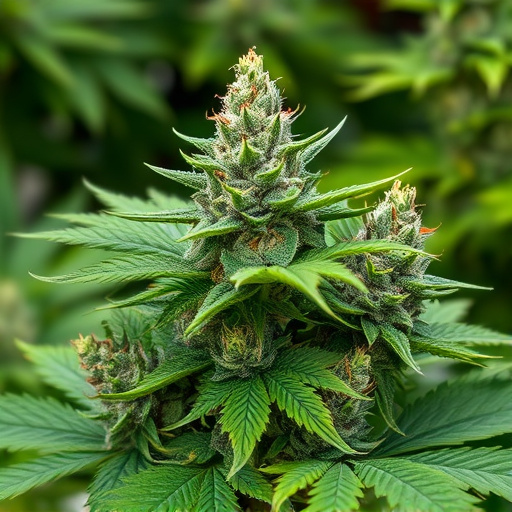
When comparing indoor and outdoor cannabis flowers, one of the most noticeable differences lies in their appearance. Plants grown outdoors tend to have a more robust and bushy structure, with longer and finer leaves that are often more susceptible to environmental changes. This is because outdoor cannabis plants are naturally adapted to withstand varying weather conditions, leading to a healthier overall growth. In contrast, indoor-grown cannabis plants typically exhibit a skinnier, lankier appearance due to the controlled environment they thrive in. These plants often have fewer leaves that are broader and more robust, reflecting their ability to efficiently utilize available light and nutrients.
Additionally, the visual difference extends to the final product. Outdoor cannabis flowers tend to have a more natural, uneven shape with sticky resin glands that may appear more prominent. This is because outdoor plants face various challenges like wind, rain, or sunlight intensity, which can lead to unique physical traits. On the other hand, indoor-grown indica dominant strains often present a more uniform and dense flower structure. Their leaves are usually shorter and thicker, and they may have a heavier resin coating due to optimal light, temperature, and humidity conditions provided by indoor cultivation methods.
– Indica Dominant Strains: Characteristics and Growth Habits
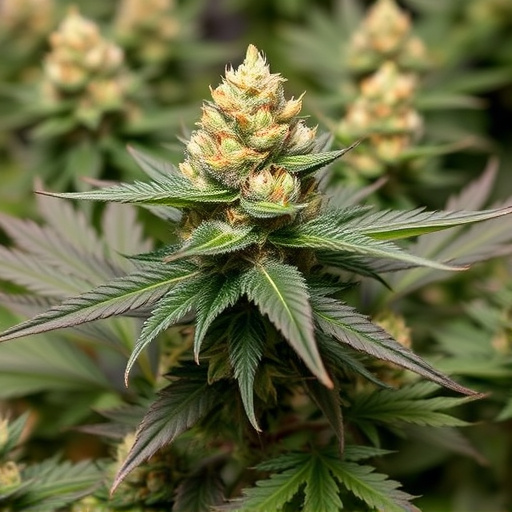
Indica dominant strains are a popular choice among cannabis enthusiasts due to their distinct characteristics and growth habits that set them apart from sativa-dominant varieties. These strains are known for their shorter, bushier plants with wide leaves and dense flower clusters. Indicas tend to have a faster flowering time, usually completing their life cycle in 8 to 10 weeks, making them efficient for both outdoor and indoor cultivation.
In terms of growth habits, indica dominant strains are often described as having a more “leggy” structure compared to sativas. They typically require less vertical space but can benefit from horizontal growth opportunities to maximize bud density. Indicas are also renowned for their potent effects, characterized by a relaxing, sedative quality that promotes calmness and sleepiness—making them popular choices for evening or nighttime use.
In conclusion, understanding the differences between indoor and outdoor cannabis flowers, particularly focusing on indica dominant strains, is key for cultivators and consumers alike. Physical appearances and growth patterns vary significantly between these environments, influencing traits like yield, potency, and flavor. By recognizing these distinctions, growers can optimize their cultivation methods while connoisseurs can better appreciate the unique characteristics of each strain. This knowledge empowers both parties to navigate the cannabis landscape with greater insight and enjoyment.
